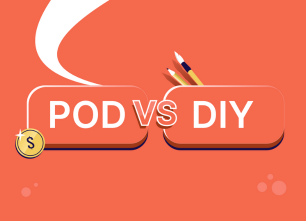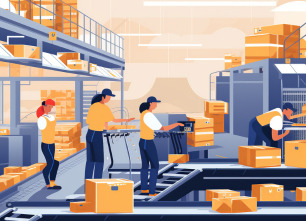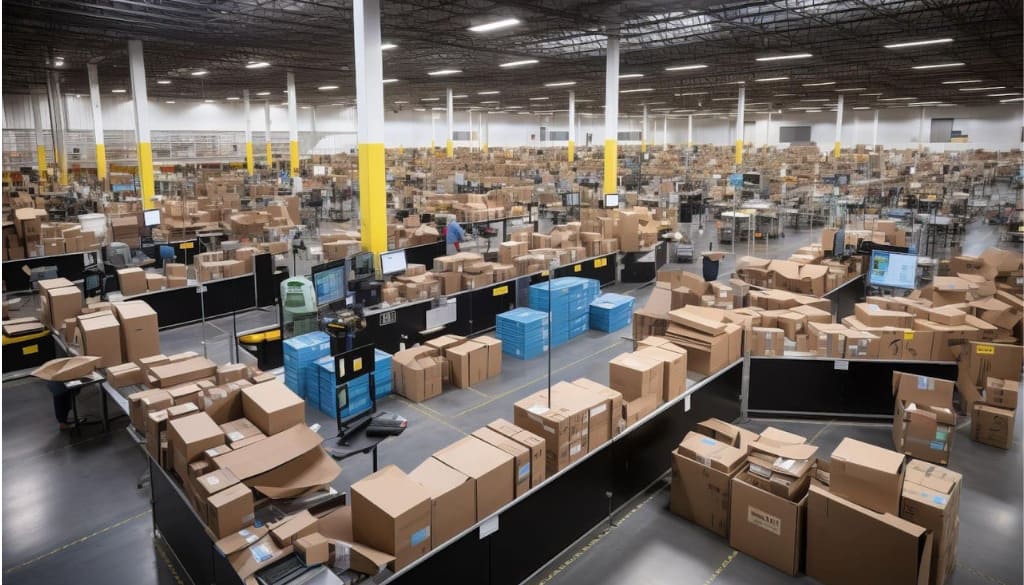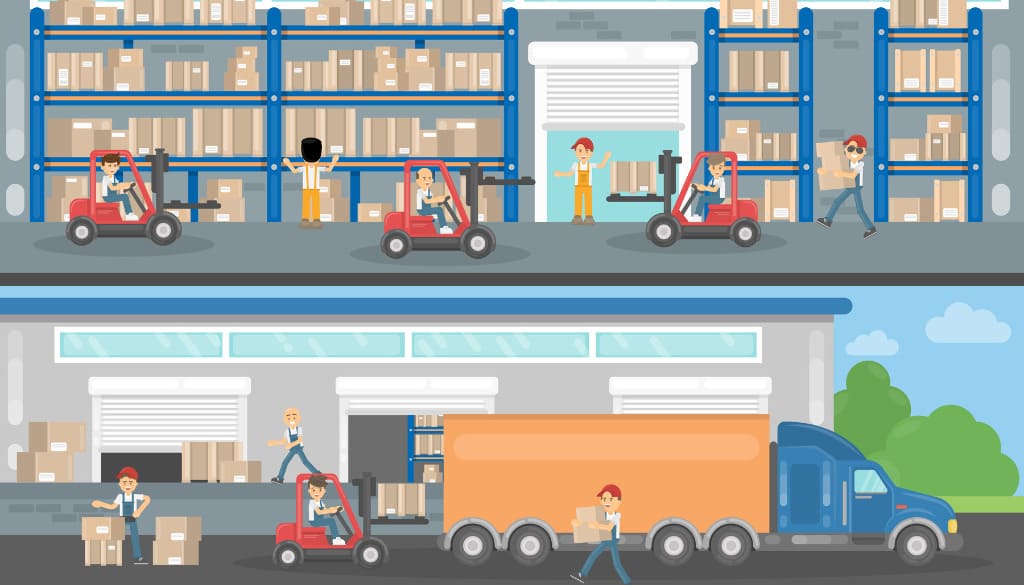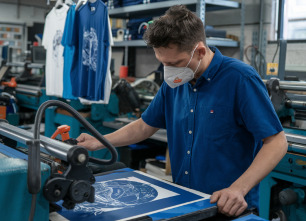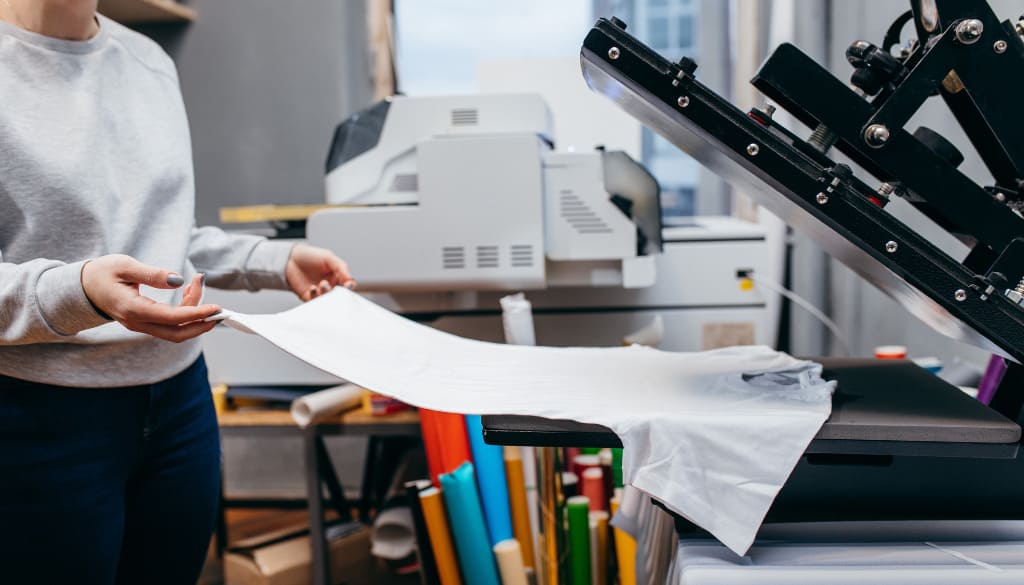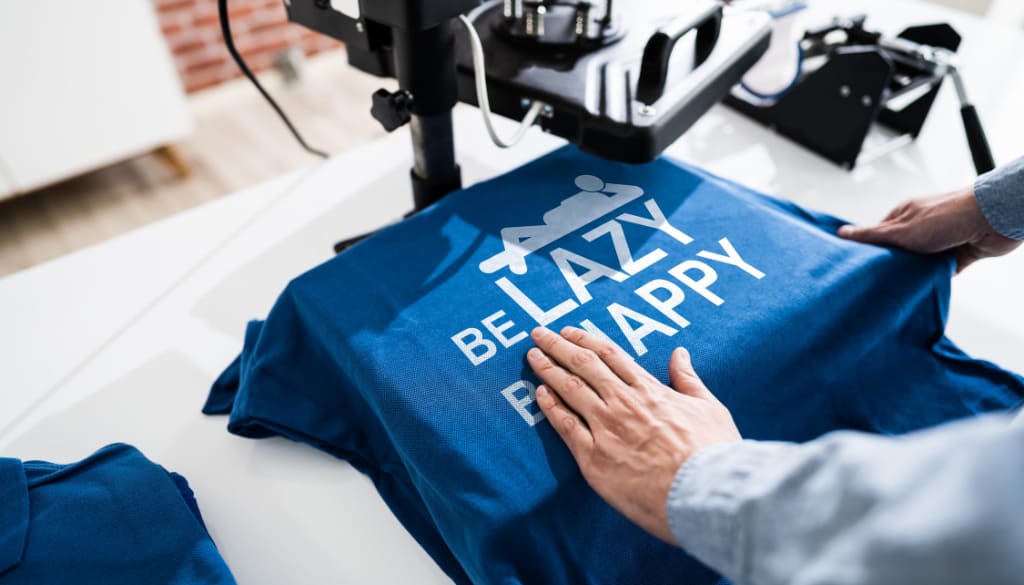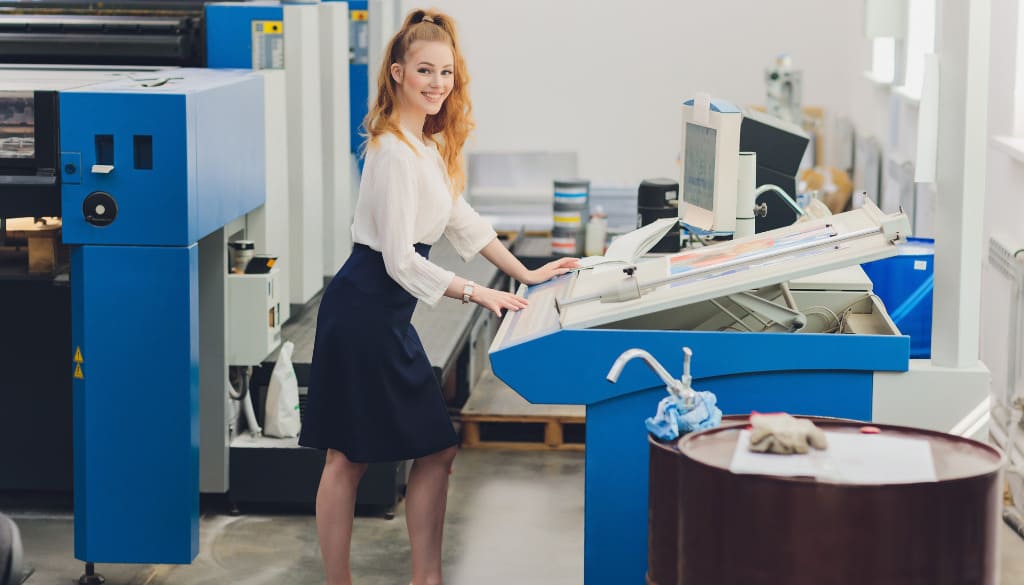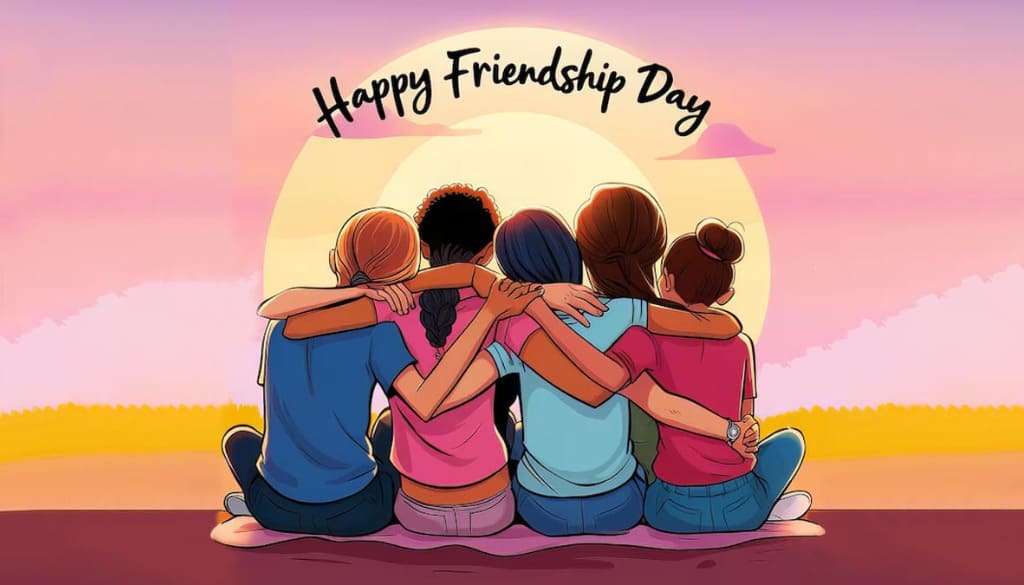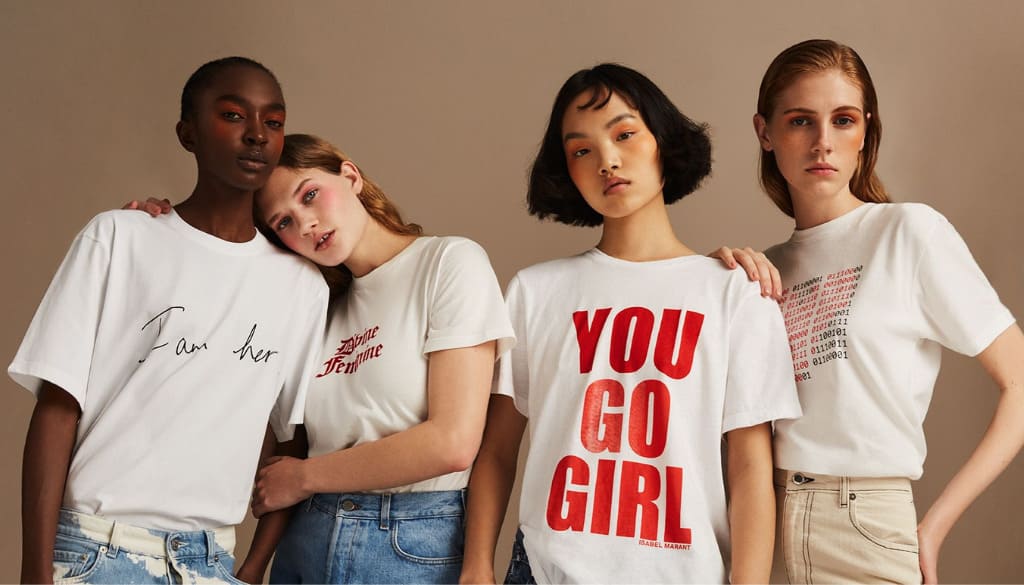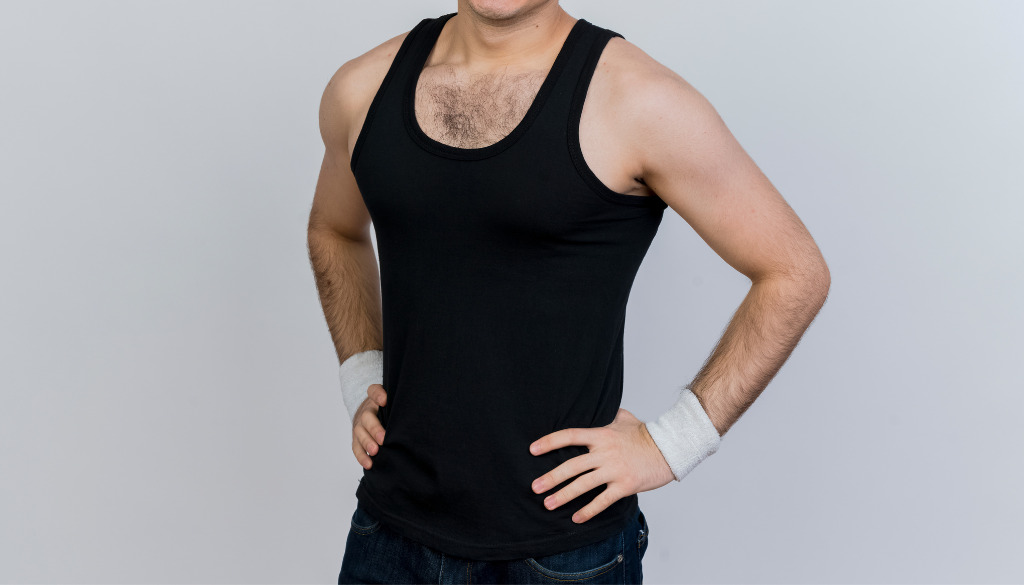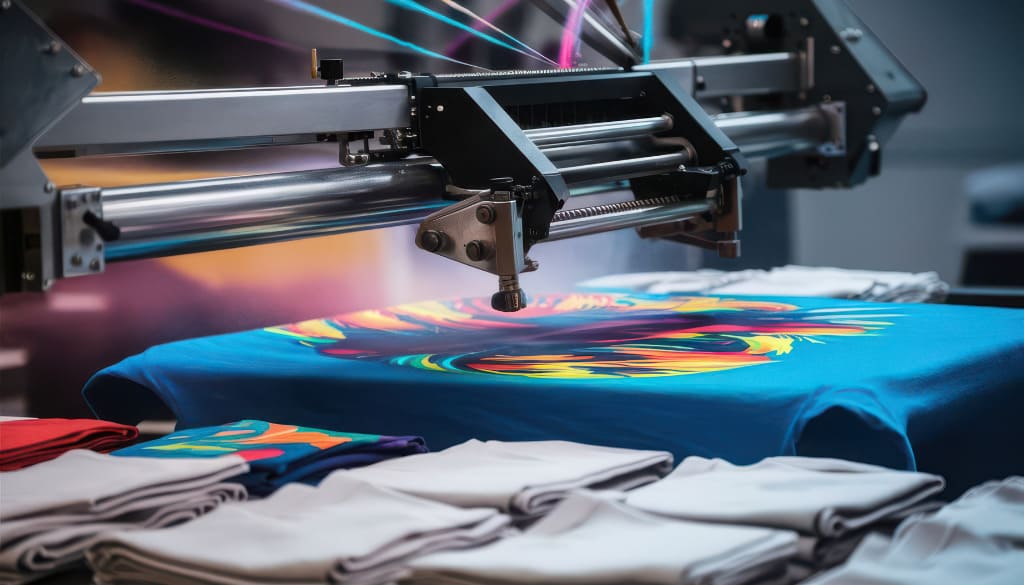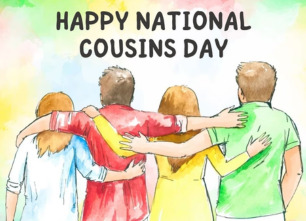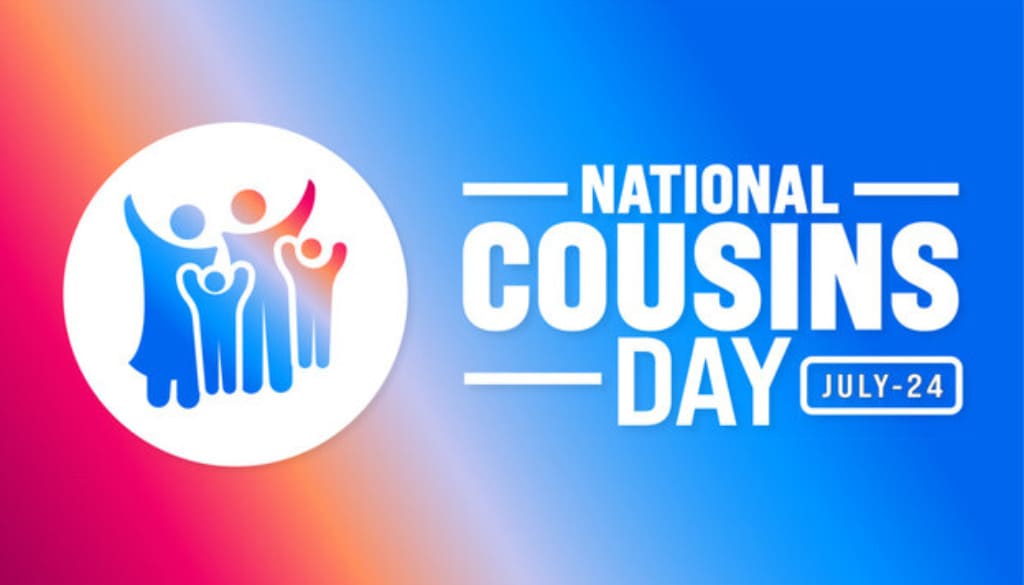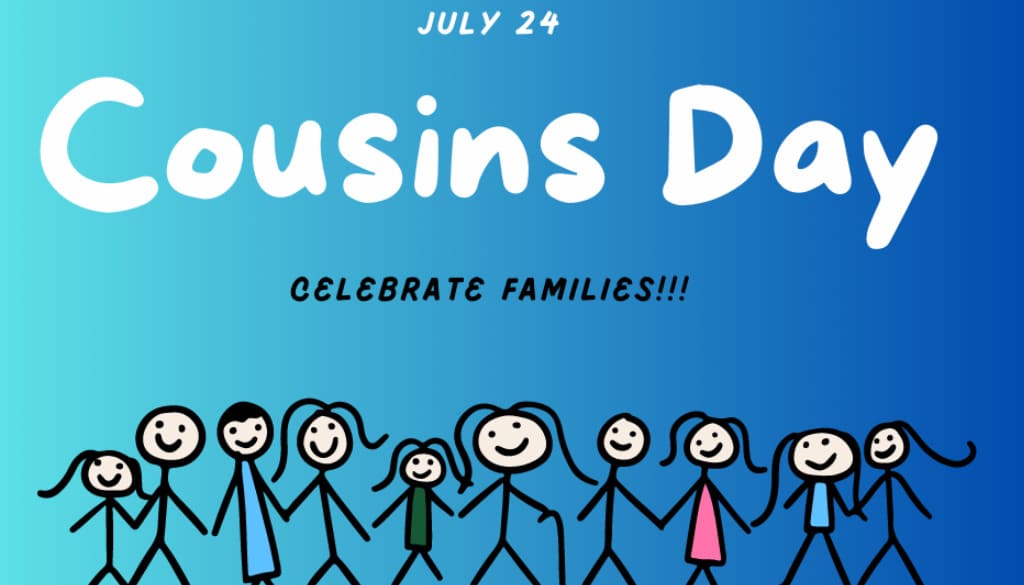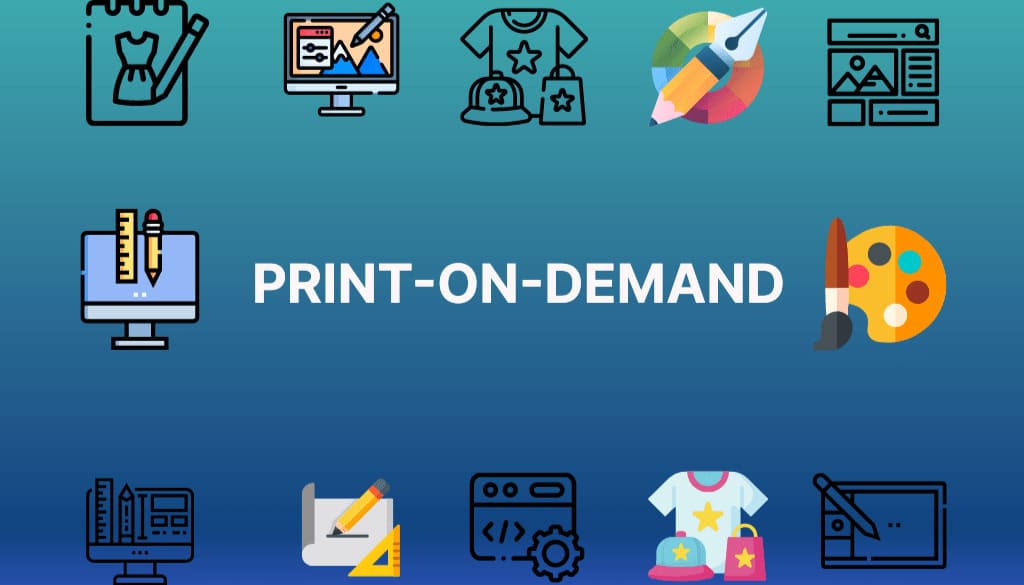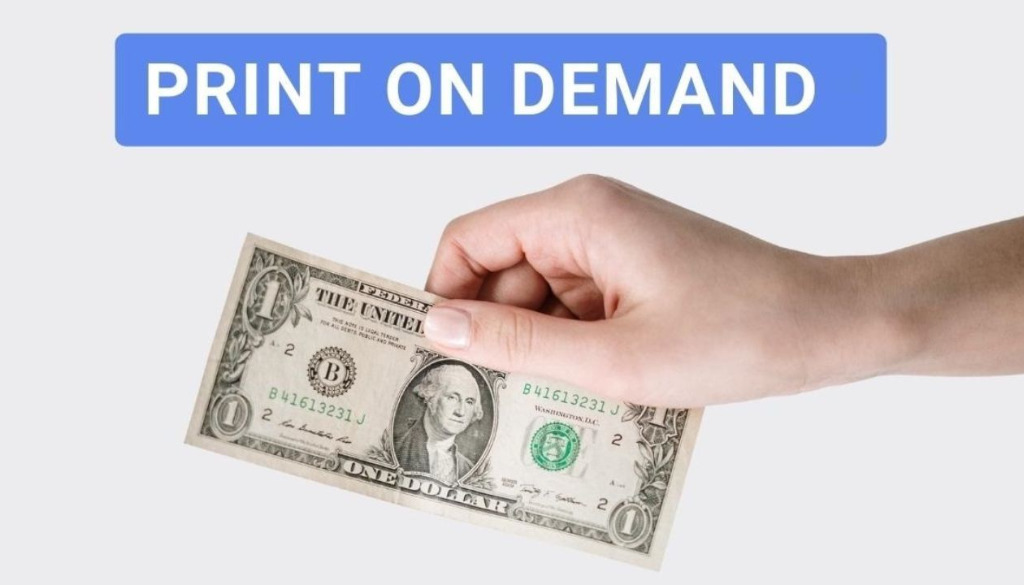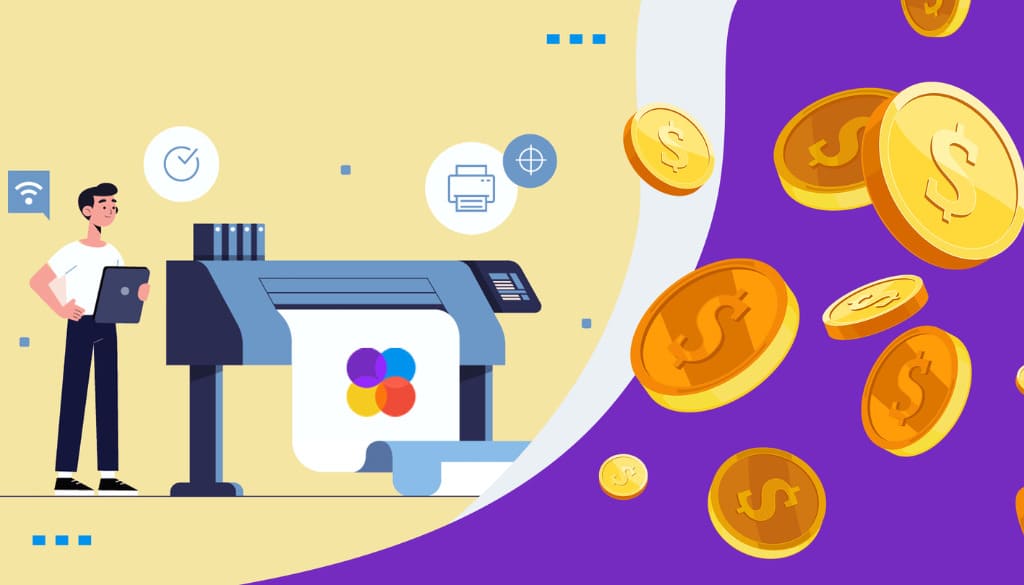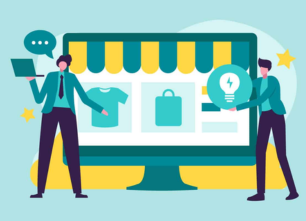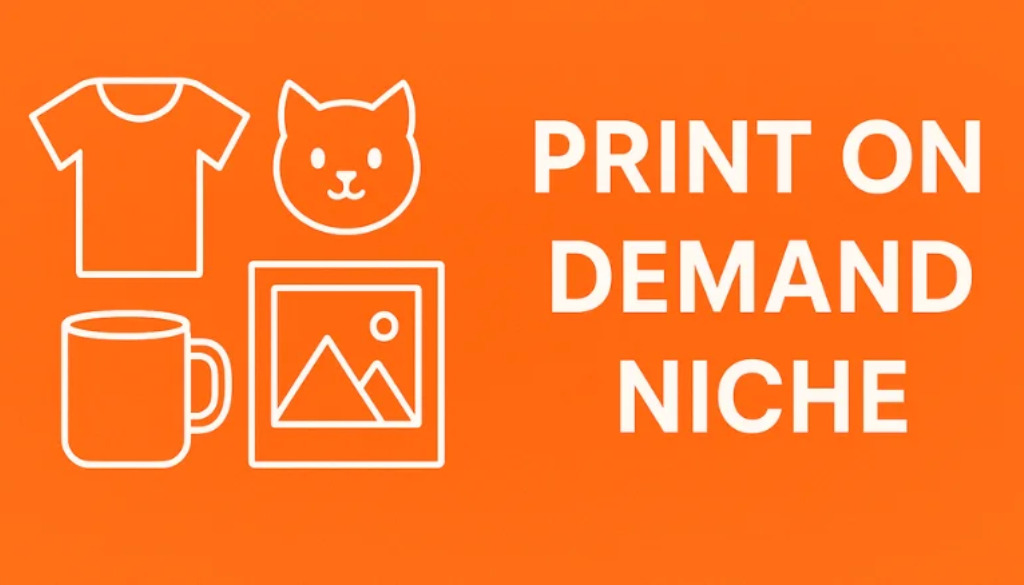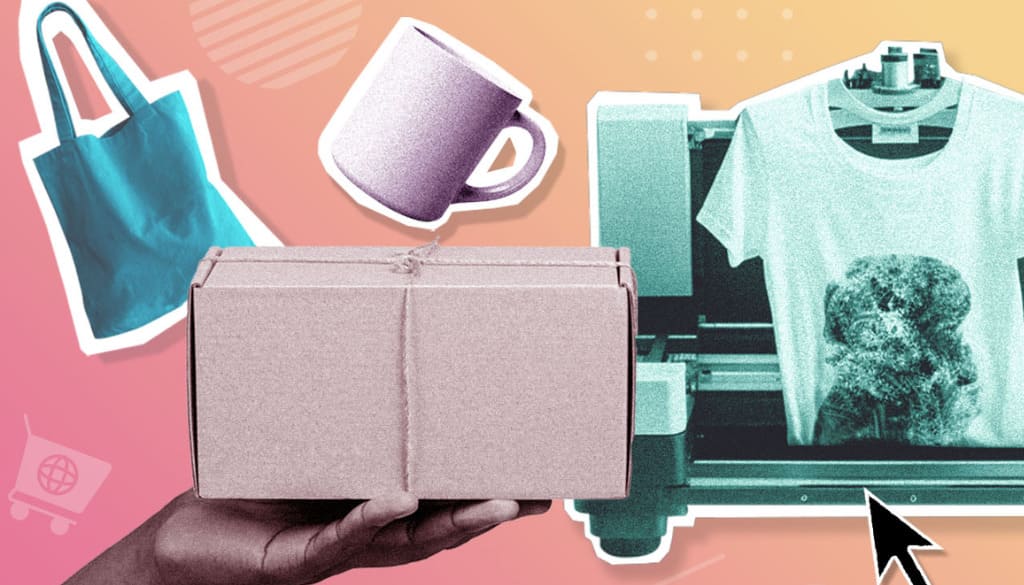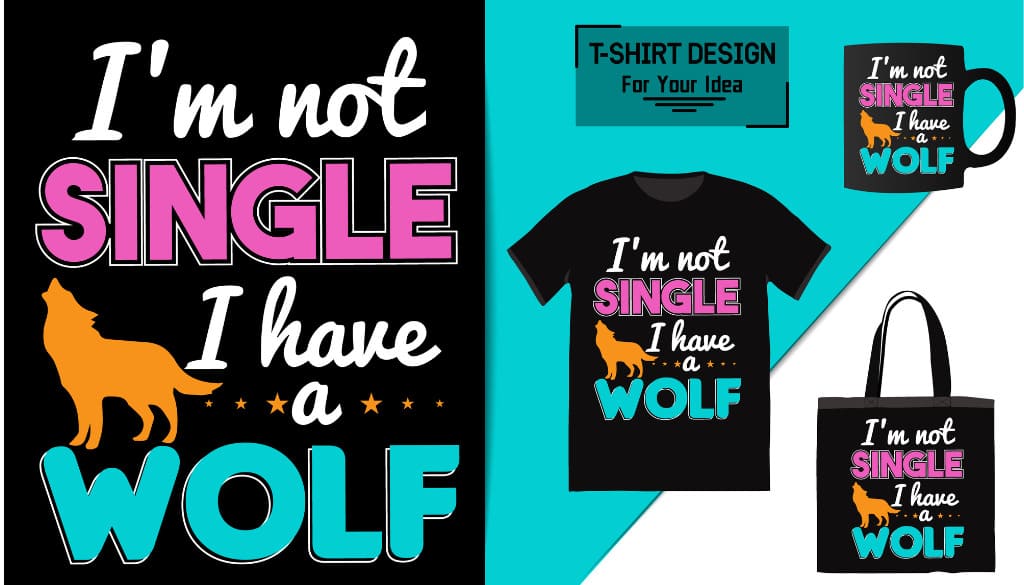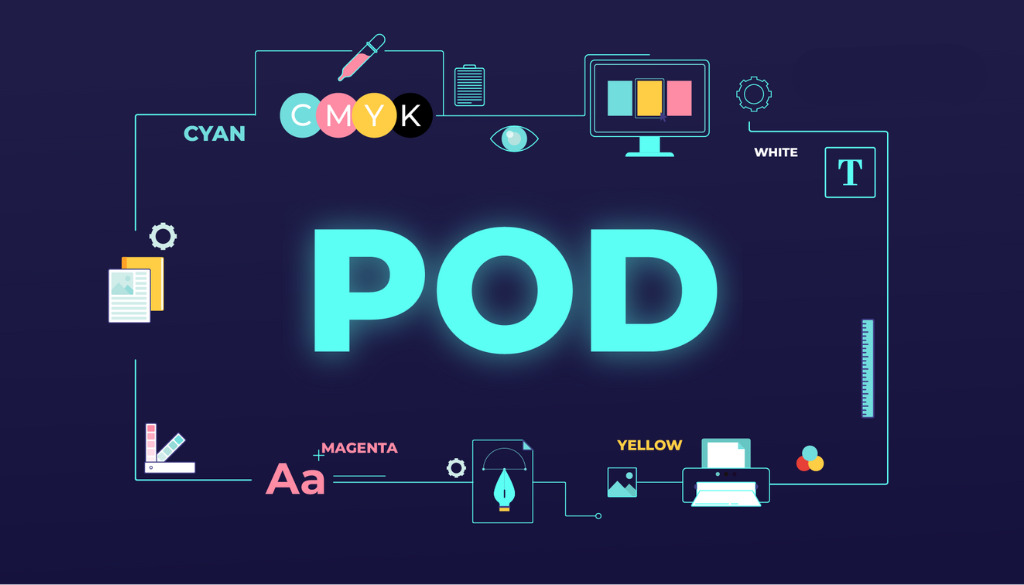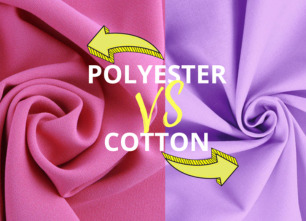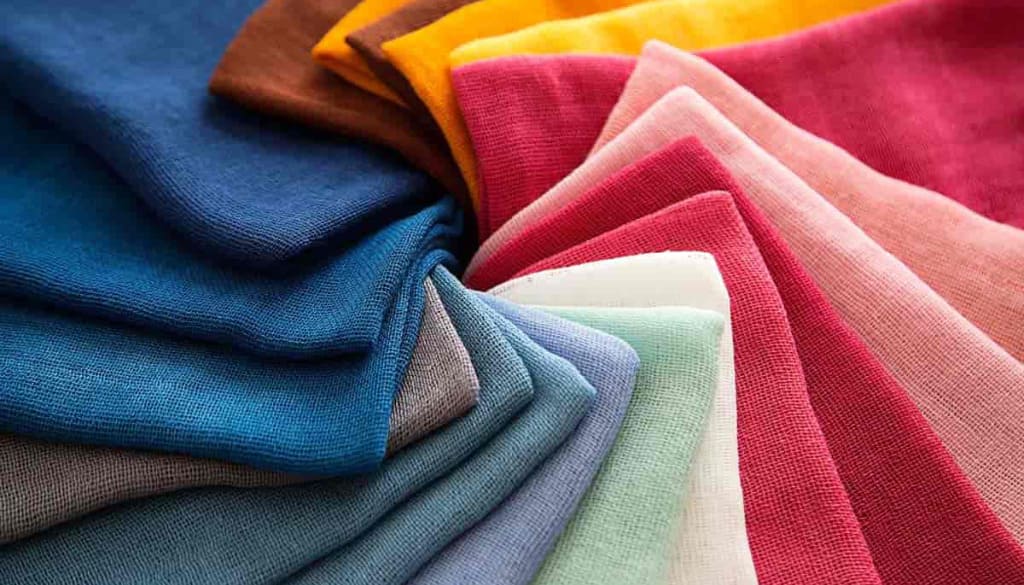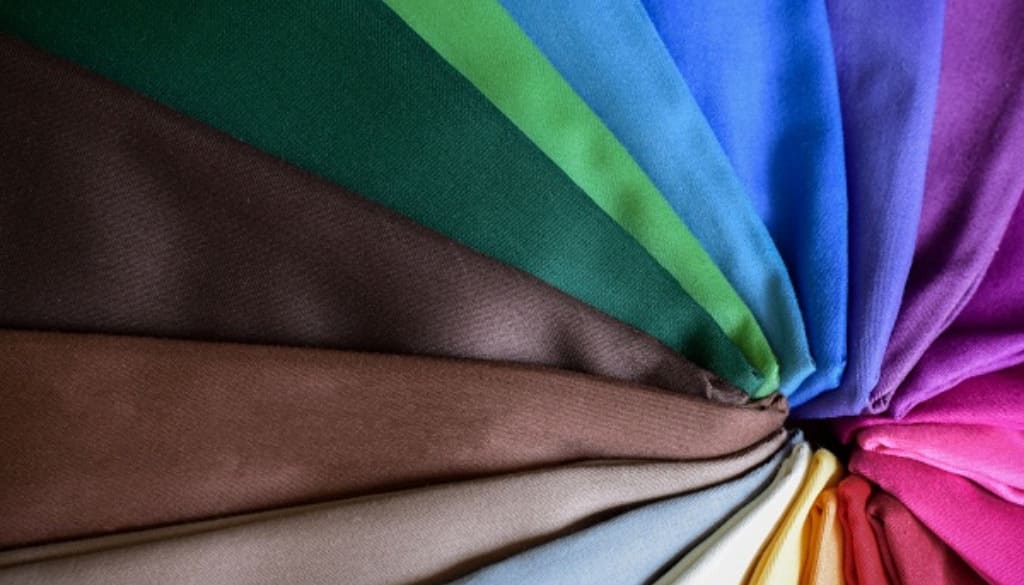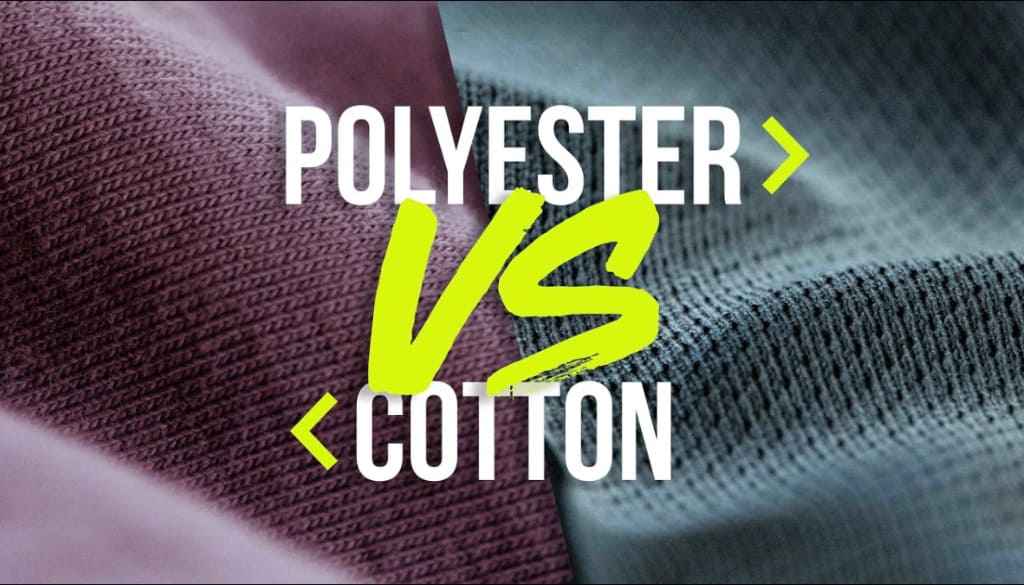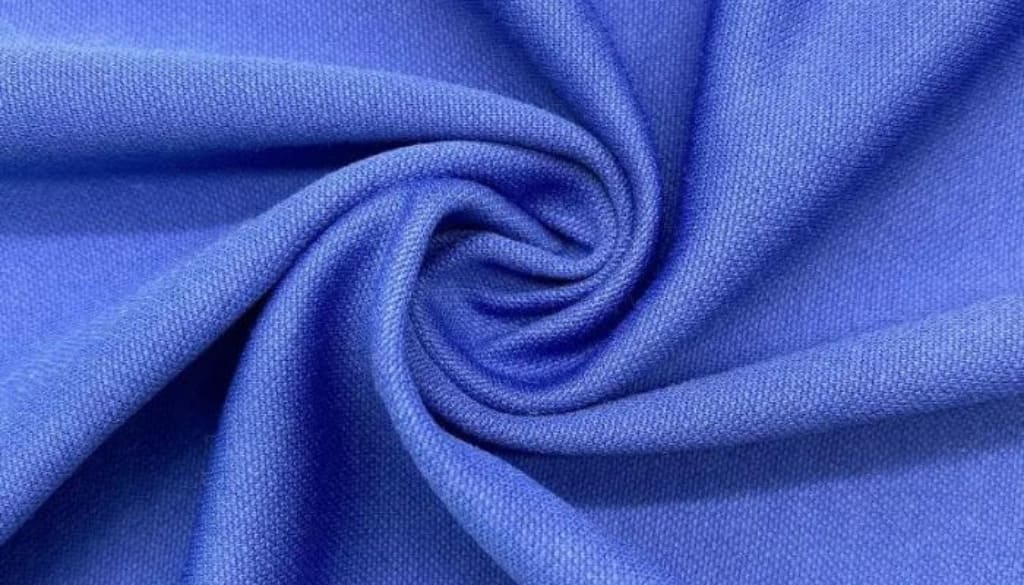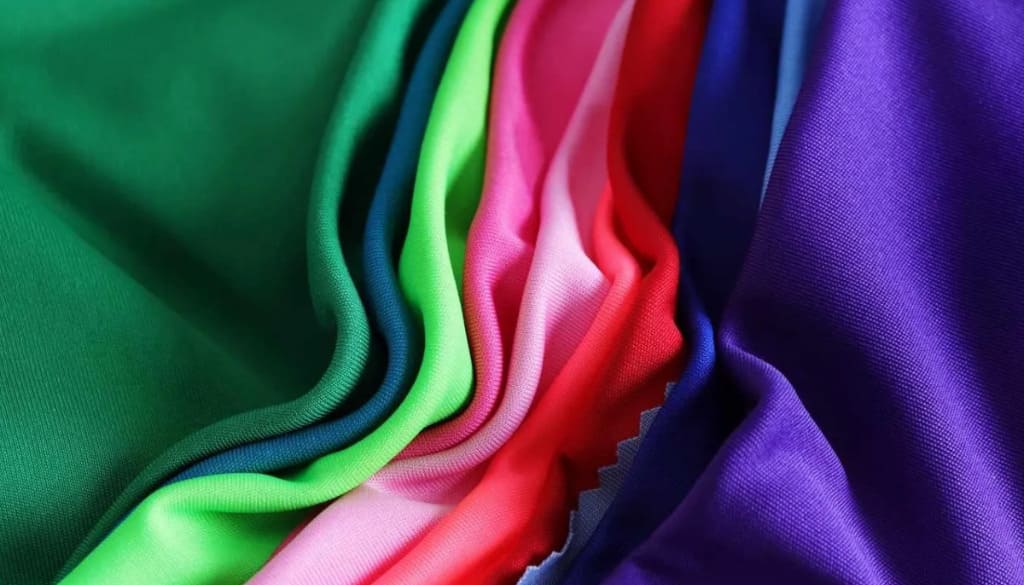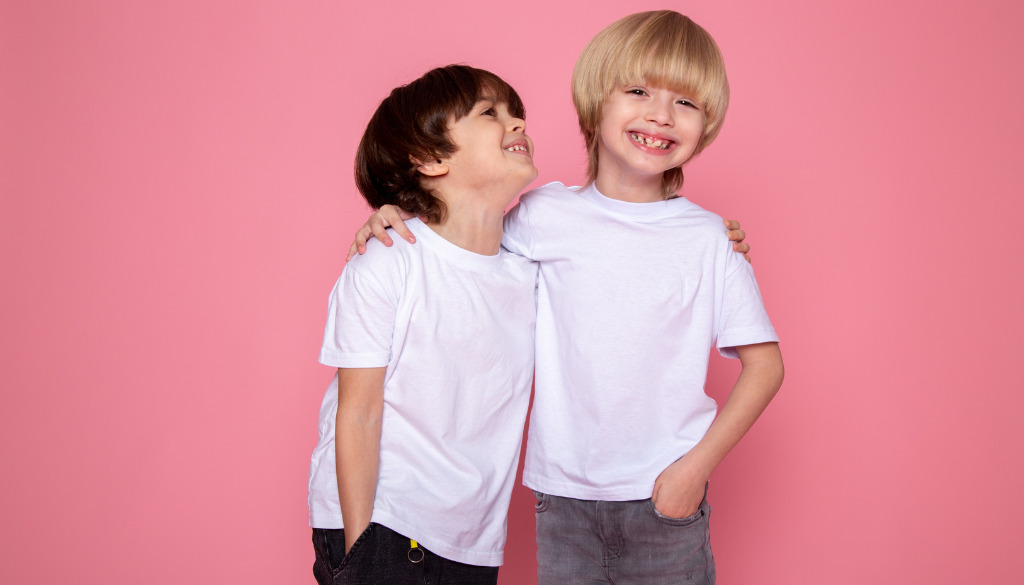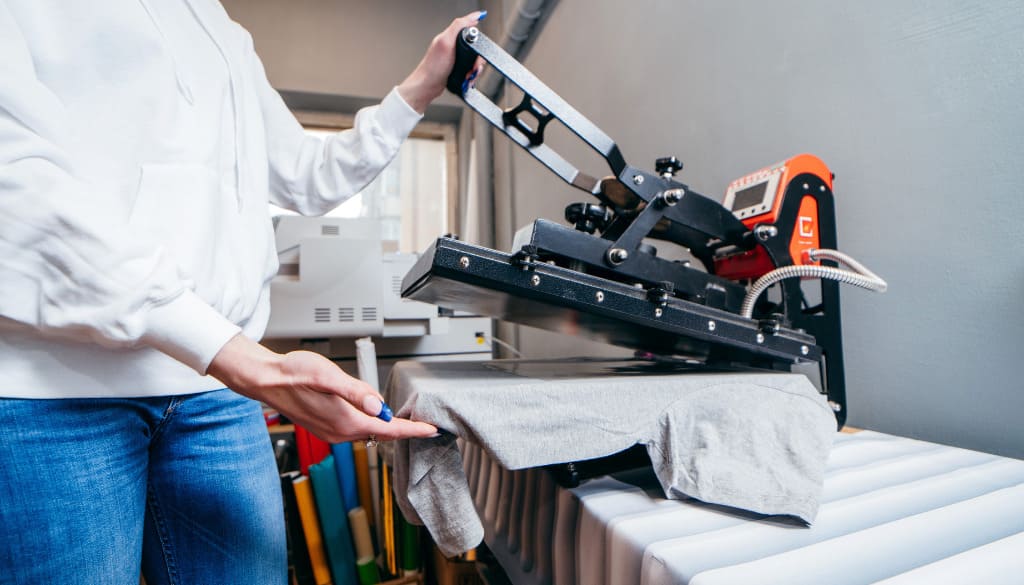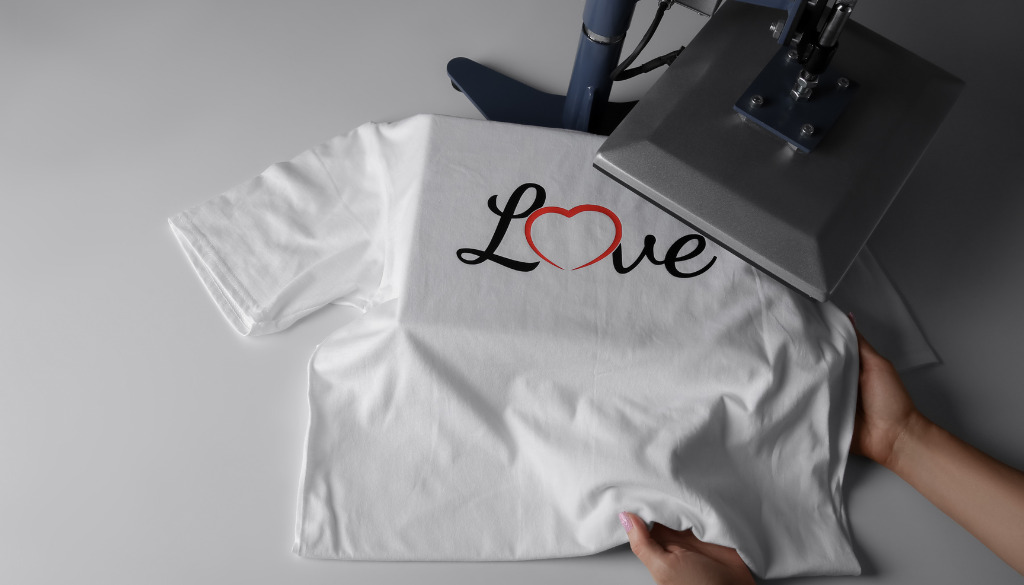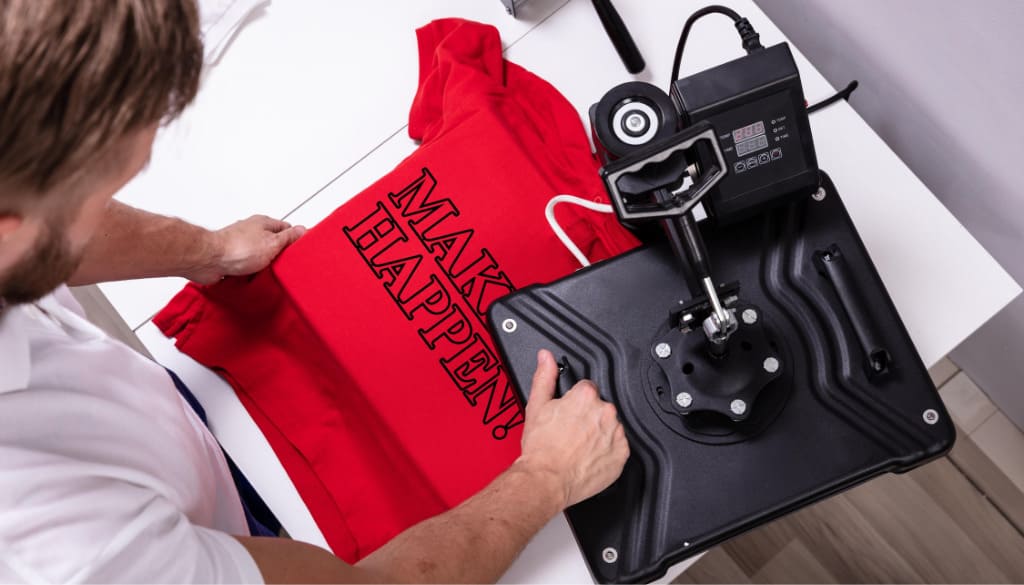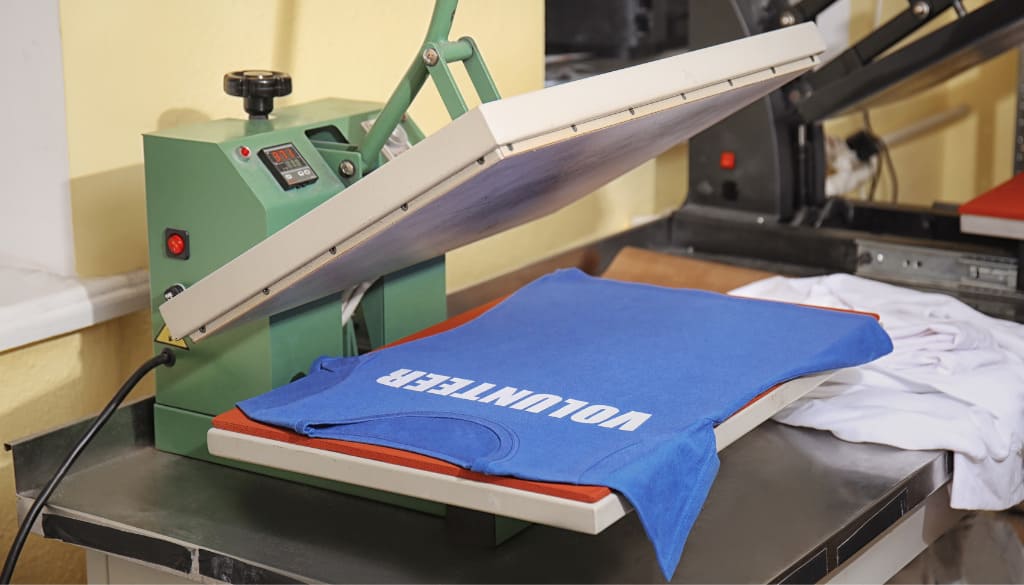When starting a business selling printed products like t-shirts, tote bags, or ceramic mugs, you’ll soon face an important decision: choosing between Print on Demand (POD) vs. Do It Yourself (DIY). Each model comes with its own set of pros and cons and directly impacts your costs, operations, and brand scalability. This article will help you understand the core of each model, provide a comprehensive comparison, and offer guidance on which option best aligns with your business goals.
What Is Print on Demand (POD)?
Print on Demand is a production and order fulfillment model in which products are only printed after a customer places an order. You don’t need to keep inventory or invest in printing equipment. Instead, you simply create designs, upload your products, and once an order is placed, your POD partner handles the printing, packaging, and shipping on your behalf.
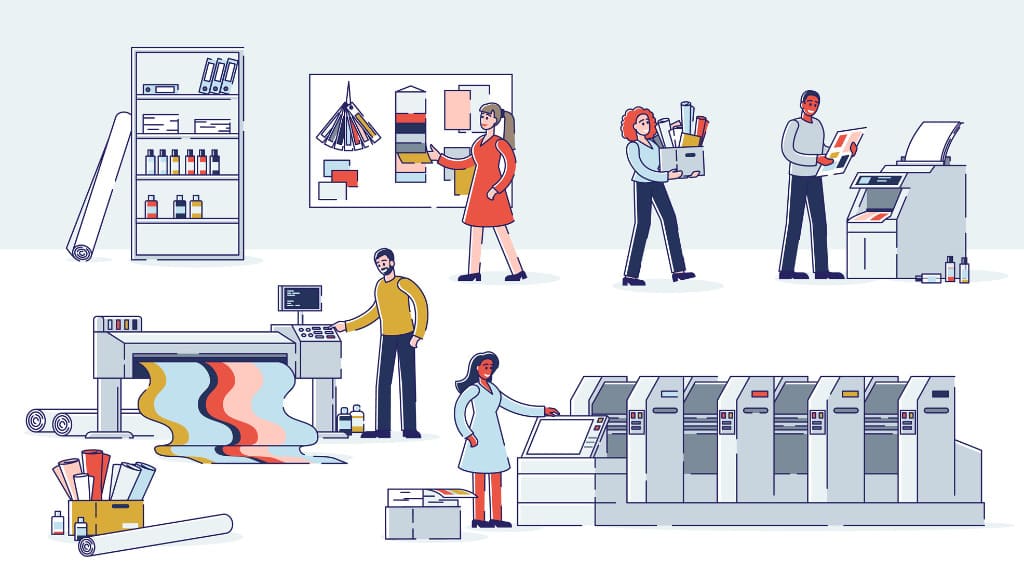
Advantages of the POD Model:
- Low startup costs: This is the biggest benefit of POD. You don’t need to invest in machinery, materials, or inventory. All risks related to stock are eliminated.
- No need to worry about production and shipping: The entire process from printing to packing to shipping is handled by a third-party provider. This saves you significant time and effort.
- Focus on marketing and design: You can dedicate your energy and resources to creating unique designs and building effective marketing strategies to attract customers.
- Wide product variety: Most POD platforms offer a vast catalog of products t-shirts, hoodies, mugs, phone cases, bedding, and more. This makes it easy to expand and experiment with different product lines.
- Easy scalability: As your business grows, you can scale up effortlessly without having to invest in additional facilities or personnel.
Disadvantages of the POD Model:
- Lower profit margins: Since you share profits with your suppliers, the margin per product is usually lower compared to doing it yourself.
- Limited quality control: You can’t personally inspect the products before they reach the customer. Everything depends on the reliability of your POD partner.
- Longer shipping times: Depending on the supplier and the customer’s location, shipping may take longer than if you were fulfilling orders yourself.
- High competition: Because of the low barrier to entry, the POD market is highly competitive. To stand out, you’ll need truly unique designs and smart marketing strategies.
What Is Do It Yourself (DIY)?
DIY – also known as in-house or self-production, is a business model where you handle the entire process yourself: from printing and quality checking to packaging and shipping the product directly to the customer.
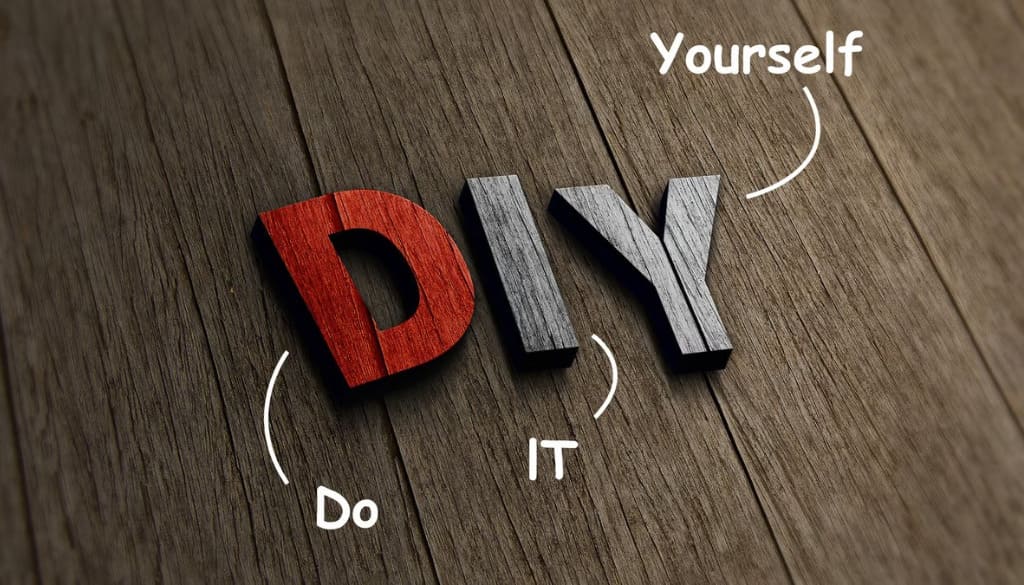
Advantages of the DIY Model:
- Higher profit margins: Since you manage everything on your own, you have full control over costs and can keep 100% of the profit after deducting material and operational expenses.
- Quality control: You can personally inspect and ensure the quality of each item before it is shipped, which helps build a strong and trustworthy brand.
- High uniqueness and personalization: You can create truly one-of-a-kind products and even allow customers to be part of the design process, enabling a higher level of customization.
- Faster order processing time: You can produce and ship products immediately after receiving an order, reducing customer wait times.
- Stronger brand identity: By crafting everything yourself, you build a unique brand story that connects more deeply with your products and your customers.
Disadvantages of the DIY Model:
- Higher startup costs: You’ll need a significant initial investment for machinery, equipment, materials, and marketing.
- Inventory risks: If you produce in advance and fail to sell, you may face inventory buildup and financial loss.
- Time- and labor-intensive: You’ll be responsible for everything—production, packaging, shipping, customer service—which requires substantial time and effort.
- Scaling is more difficult: As order volume increases, you can quickly become overwhelmed. Scaling up requires more machines, staff, and operational complexity.
- Requires specialized skills: You’ll need to learn and develop skills in printing, operating machinery, packaging, and business management.
Comparison: Print on Demand vs. Do It Yourself
|
Criteria |
Print on Demand (POD) |
Do It Yourself (DIY) |
|
Initial investment |
Low |
High (equipment, materials) |
|
Scalability |
Easy and fast to scale |
Difficult; requires more staff/facilities |
|
Quality control |
Limited |
Full control |
|
Order processing speed |
Dependent on partner |
Fully proactive |
|
Profit margin |
Moderate |
Higher if done well |
|
Inventory risk |
None |
Yes (if buying materials in bulk) |
|
Monthly fixed costs |
Low |
High (rent, utilities, labor) |
|
Creative flexibility |
High (easy to test designs) |
Moderate (due to material risks) |
|
Beginner-friendly |
Very suitable |
Not recommended |
When to Choose POD, When to Choose DIY?
The choice between POD and DIY depends on your resources, goals, and personal preferences. Below are some specific recommendations:
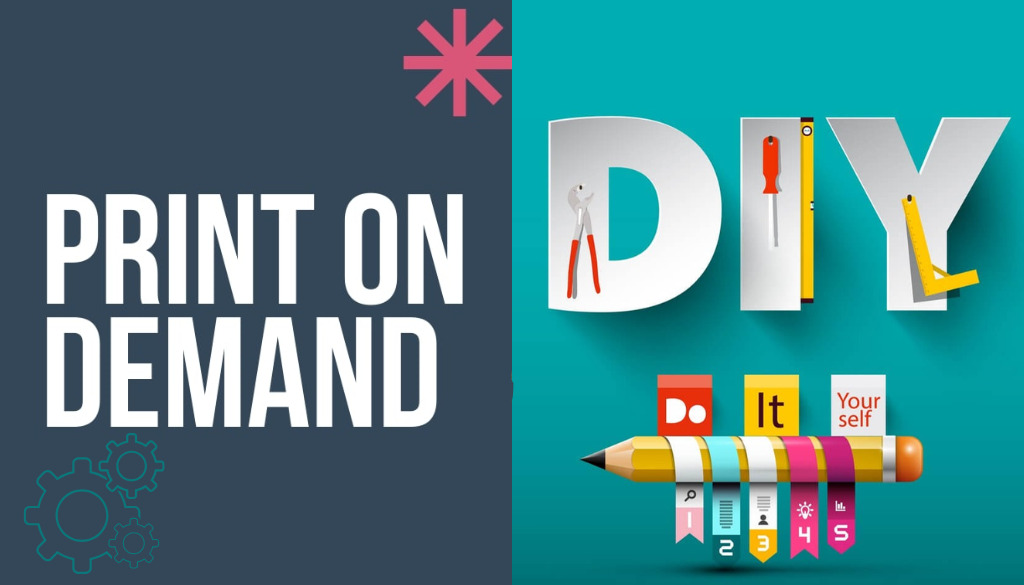
You should choose Print-on-Demand (POD) if:
- You have limited startup capital: If you don’t want—or aren’t able—to invest a large amount upfront, POD is the ideal way to start your business with minimal risk.
- You want to test ideas: Have lots of design ideas but unsure which ones will sell? POD allows you to test and launch multiple products without incurring production costs.
- You want to focus on creativity and marketing: If you’re great at designing and building communities but don’t want to deal with production or shipping, POD takes that workload off your hands.
- You want to run a cross-border business: With POD, you can operate your business from anywhere in the world with just a laptop and an internet connection.
- You want to scale quickly: If you’re planning to build a large business, diversify your product offerings, and sell on multiple platforms, POD makes scaling simple and cost-effective.
You should choose Do It Yourself (DIY) if:
- You have initial capital to invest: You have the financial resources to purchase equipment and materials needed for production.
- You want full control over everything: If you’re detail-oriented and want to ensure every product that reaches your customer is perfect, DIY gives you full control over quality.
- You want to build a unique, premium brand: DIY allows you to create highly personalized, high-value products that reflect your brand story and craftsmanship.
- You want to maximize profits: DIY helps you retain a larger share of the profit per item sold, as you’re not paying third-party providers.
- You enjoy creativity and hands-on work: If you love the process of crafting your own products and want to be involved in every step, DIY aligns perfectly with your passion.
Choosing the right business model not only helps you optimize costs and resources but also directly impacts product quality, customer experience, and the speed of brand growth. Whether you choose Print on Demand vs. Do It Yourself, the key is to clearly define your goals, strengths, and a strategy that aligns with your current stage of business.
With a comprehensive Fulfillment POD ecosystem, FlashShip is ready to support you on your journey to building an efficient, flexible, and sustainable POD brand. From selecting high-quality blanks and using modern printing technologies to managing order fulfillment and international shipping, everything is optimized to help you focus on what matters most: developing your products and conquering the market.
Start today with FlashShip. If you need further consultation on products, processes, or account registration, contact our hotline at (+84) 943 024 337 or visit our website at FlashShip.net for timely and detailed support.
Please see more:
